Not all MTBs are created equal. That goes without saying. Or does it? Well, maybe if you’re really into it and you’ve been doing it for years and spend your weekends running up and down trails. But if mountain biking is something new to you that you want to get into then you might want to think about the exact type of bike and the exact type of riding you want to do.
The truth is that not all mountain bikes are designed with biking up and down mountains in mind. Conversely, not everyone who buys a mountain bike wants to use it for going up and down mountains either.
Related: 15 Best Bikes For Heavy Riders
Guide To The Different Types Of Mountain Bikes
For this guide, I’ve split MTBs into five reasonably distinct categories. But please note, because of the all-around inherent versatility of most MTBs, some can be used for pretty much everything going.
1. Cross-country mountain bikes
Cross Country Mountain bikes, or XC bikes as they are commonly known, are the most common bikes most people will come across. They are also the ones you will see most of in the shops. They tend to be, generally, lightweight and designed for speed. They also make up most of the sub $1000 section of bike stores. That said, the pro and advanced bikes can cost you anywhere up to $7500.
Essentially you can sub-divide XC bikes into further 2 subdivisions:
- XC Race bikes are fast, efficient, and as lightweight as possible. They are nimble and fast to accelerate. Typically they will have about 80-120mm of travel in the front and rear shocks to deal with the occasional boulder or pothole. They also tend to have weight-forward riding positions and go like the blazes over moderately rough terrain. They are not built for high-impact jumping and landing, but instead for ascending and taking tight corners.
- XC Trail Bikes are a slightly different animal. Generally, they are slightly heavier than XC racers, but still not that heavy, and are built for doing pretty much everything from dirt roads to single-track trails. Most mountain bikes available in standard outlets will fall into this category. But it’s nice to know the difference. Not that most people will ever be able to tell the difference.
2. All Mountain/Enduro mountain bikes
This one does exactly what it says in the tin. If you can’t decide what bike you want or need, then this is probably the best choice. All Mountain, or Enduro bikes, are very similar to XC Trail bikes but will have stronger frames, and a bit more travel in the suspension. Most of these bikes will be in the full suspension category and will have around 140-160 mm travel in them. This is to help the rider go through harder and much more technical types of trail obstacles. These are best for taking on steeper more complicated trails.
As mountain biking trail centers have become more popular, The All Mountain category is all about going up and then coming straight back down again. As a result, they are heavier, because of the sturdier frame, and are a little bit harder to pedal back up again when you’re done.
In essence, they are pretty much the same as Trail XC bikes, the difference is they will have wide tires for extra grip, and the type of rider you see on these will be going Hail Mary down Black Runs, and more often than not be sporting knee and elbow protection. That’s the type of bike it is.
3. Downhill Mountain Bikes
These bikes are designed for the riders who just want to go downhill, and fast, and either have no fear or really good health insurance. They are designed for speedy steep descents, and thus their efficiency and riding style are geared toward that end. The gears are set large and high for pedaling fast over the roughest of terrains. The tires will be wider and have wider rims, and the gears and frame will be more durable and will hold up extremely well under pressure. These bikes will also have disc brakes as standard, and a chain guard to keep that chain in place on rough descents.
It is not uncommon to find up to 170 mm-254 mm of travel in the suspension either. They also almost all have full suspension setups. They will have either air or coil shocks. Coil shocks are heavy, but tend to be able to soak up a lot more punishment.
Most serious riders will not use clip-in pedals on downhill MTBs but instead use sticky rubber soles so they can leave the bike in a hurry when things go wrong on steep descents at speed. They are not built for climbing. Typically, riders will either walk their bike to the top of the trail or be dropped off by a vehicle. They are not fun to ride uphill.
They are also not cheap. But for this kind of riding, you wouldn’t want to trust a bike for anything less than around $3000.
4. Freeride Mountain Bikes
Freeride bikes are fairly similar in many respects to Downhillers. The main difference here is purpose. Freeriders have much less emphasis on weight. The frame is more compact so the rider can more easily maneuver. And they are built for jumping and doing technical stunts. The frame is designed to be more flexible. They typically have around 160-180mm of travel in the suspension setup.
To put it succinctly, freeride bikes are a cross between downhill and XC bikes, but are also not fun to push uphill. The frame tubes are thick.
5. Dirt Jump Bikes
Again, these bikes are a cross-breed. This time though they are a fusion between Freeride and BMX bikes. They are also sometimes known as urban, or street mountain bikes. They tend to only have suspension in the front.
Put simply, Dirt Jumpers are the bikes best suited for riders who like to spend their time in the air doing aerial stunts. Many of these bikes will have single-speed gears, only one brake, oversized handlebars, small frames, and low seat posts for stunt riding. They will also be ridden by people with no fear.
Choice, there is lots of it!
The cold hard reality of modern mountain biking is that there are as many bike types as there are riding disciplines. For people who are really into riding, and for whom riding is a way of life, it isn’t uncommon for them to own 2 or 3 different types of mountain bike.
For most people though the reality is somewhat different. Most people are happy enough to own just one, and that one bike is normally utilized to satisfy all their biking needs. As well as that, buying a decent bike, even on a budget can still be a significant investment.
I want an MTB. Where do I start?
That question brings us back to the beginning: Not all MTBs’ are created equally.
That truth is reflected in the huge choice of types and brands available out there in the market. It can be an overwhelming decision. That’s why a little time researching the Inter-Bike can save you a lot of time and hassle.
At the end of the day, you most likely want a mountain bike that’s fun to use. But getting the right bike for the right purpose is a bit of a minefield. What makes a bike perfect for barreling down a downhill course at speed is a lot different from one designed for traveling the length and breadth of China, for instance.
For instance, a full suspension MTB looks the business, but just how much suspension do you need? What’s the difference between a hardtail, an XC, and an All MTB anyway? What do you need or want? Do you know?
This is where at least being able to countenance the type of bike you’re after can rule out a lot of the chaff and you have a home in what you need.
How I Learned The Hard Way!
This advice comes from needlessly expensive naivety from the time I bought my first MTB. I wanted a bike, so I walked into a shop and bought one for $300 and I rode it out after 10 minutes of in-shop research.
It lasted about 3 months before I wrecked it trying to downhill a virgin path off the side of a mountain in Scotland.
The front brake broke first, then the chain snapped and finally the right pedal came off. But then, in hindsight, I had bought a cheap bike that had been designed for not going any further than class, and occasionally to take me to a party…
Needless to say, the next time, I put a bit more time into what I needed.
So don’t buy cheap, and buy what you need.
Before I log off, here’s a word from our sponsors: Just kidding.
But here are some things that really should be mentioned:
30-second guide To Hardtail or Full Suspension
Mountain bike suspension comes in 3 distinct flavors
- Hardtail: Shocks at the front
- Full Suspension: Shocks at the front and back
- Rigid: No shocks at all
Shocks on bikes generally also come in 2 flavors, being either a wound steel spring, or using air-sprung forks. Air-sprung forks will end up being lighter and easier to adjust.
- Hardtail mountain bikes have shocks only in the front fork. Front suspension reduces upper limb fatigue, helps keep your hands on the handlebars, and makes steering easier on rougher trails.
If you’re looking for a reasonably priced first bike, or you have a limited budget, or after a one bike that can do most anything, then a hardtail is a solid good choice. - Full suspension bikes tend to not be very good below a certain price point and will be heavier.
A good full-suspension bike will cost more than a good hardtail but will reduce fatigue and make riding more comfortable. It also offers a higher level of control on rough ground at speed.
If you want a bike that is dedicated to riding dirt trails at speed but is as easy as it can be on joints and muscles, then this may be the one for you. - Rigid bikes are mountain bikes that don’t contain any suspension at all. They were almost seen as antiquated until quite recently, but these old-school Cross Country bikes are making something of a comeback. The newer ones are incredibly light and easy to pedal.
30-second guide to Wheel Sizes
Wheel sizes for mountain bikes come in 3 sizes.
- 26” wheels are the main size wheels for most mountain bikes. For a long time, they were the only size available. If you wanted a mountain bike, you wanted a 26” wheel. Why? Because you had no other choice. Also, they are supposed to be faster on downhill sections. Why? Because science. Check out the video below.
- 29” wheels have become much more common in recent years. 29ers are supposed to be slower to accelerate but are faster up hills, offer more momentum overall, and are supposed to be easier to roll over small objects on the trail. Either way, they are worth considering for the taller rider.
- 27.5” wheels are newer still. Supposedly these combine the best elements of 26 and 29-inch wheels.
Whatever wheel size bike you choose, understand that the real limiting factor will come down to your skill level and physical abilities on the bike.
30-second guide to: Do I need a women’s mountain bike if I’m female?
Maybe. Not necessarily; see here: Why You Should Not Buy a Women’s Mountain Bike.
The features and quality are both the same. The main difference is in the geometry and design of the frame. Female bikes are designed around the idea that women have longer legs and shorter torsos than men. They can also be lighter because on average, women are lighter than men. This means the suspension doesn’t need to do as much work, and as such can get away without having as heavy-duty components as men’s bikes do. The only other differences come in the different saddle designs, and generally shorter handlebars.
However, the big thing here to note, is that that doesn’t mean, females have to buy female bikes. As with everything it’s a personal choice. My advice is to go with whatever you think suits you best. Just make an informed choice.
FAQs
What type of mountain bike should a beginner get?
An XC bike is a good option for a beginner.
Is a full suspension good for beginners?
Yes, full suspension is a good option because it adds comfort to the ride.
Conclusion
MTBs are some of the most versatile bikes ever built. They can be used and abused by kids and adults in a way other bikes can’t. You can take them around the world, cruise a country trail, and even go up and down mountains on them. I know right, crazy!
But try and think into the future and decide where you see yourself riding in a year, and what type of riding you expect to be doing. I would spend a bit of time here, and consider just exactly what it is you want out of a bike. Try to be realistic. If you see yourself riding exclusively on roads and don’t expect to be going away from the tarmac at any point, then an MTB probably isn’t going to suit.
If this is you, then thanks for reading; what you are most likely after is a road bike of some description. Thanks for stopping by, and I’ll see you on the other side. Now, on with the show.
Also Read
- Best Mountain Bikes For Beginners – Complete Guide
- Expert Biker Tips On How To Find Good Cheap Mountain Bikes
- The 13 Different Types Of Bikes You Need To Know About
Should you have any questions or require further clarification on the topic, please feel free to connect with our expert author Euan Viveash by leaving a comment below. We value your engagement and are here to assist you.

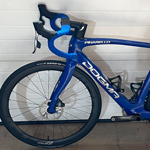
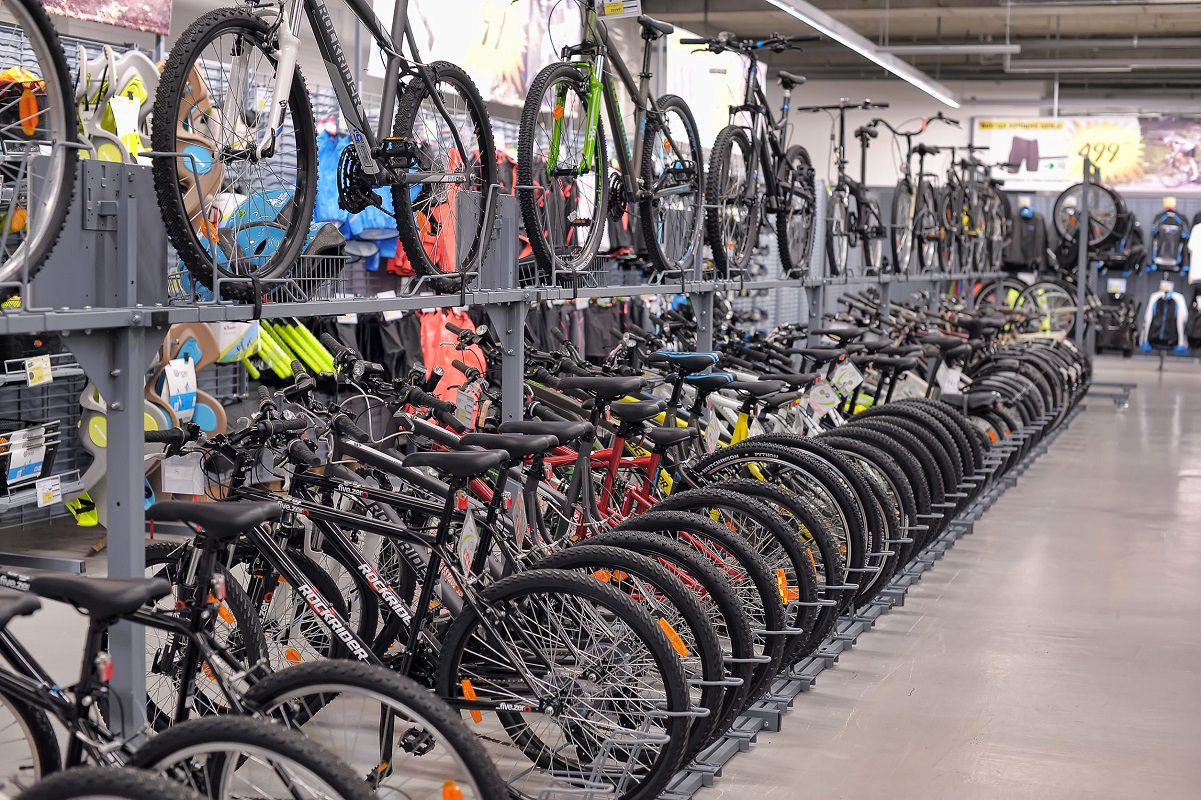
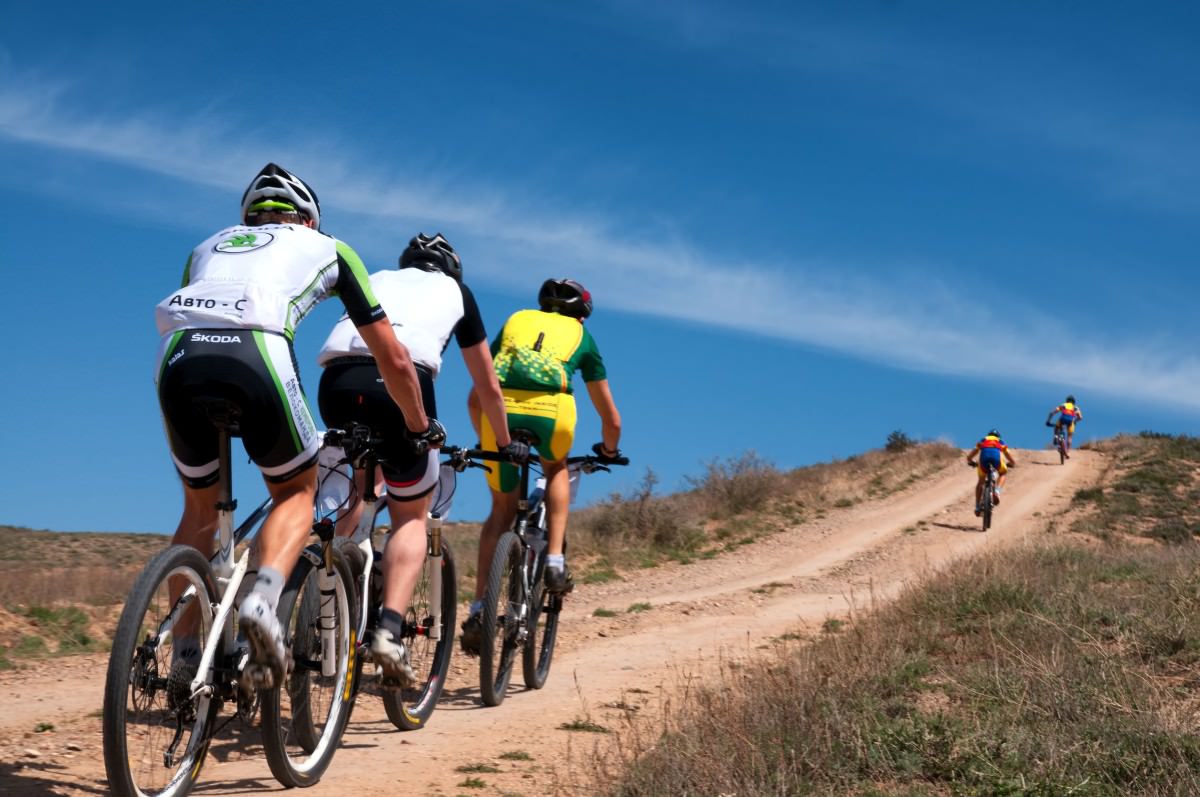
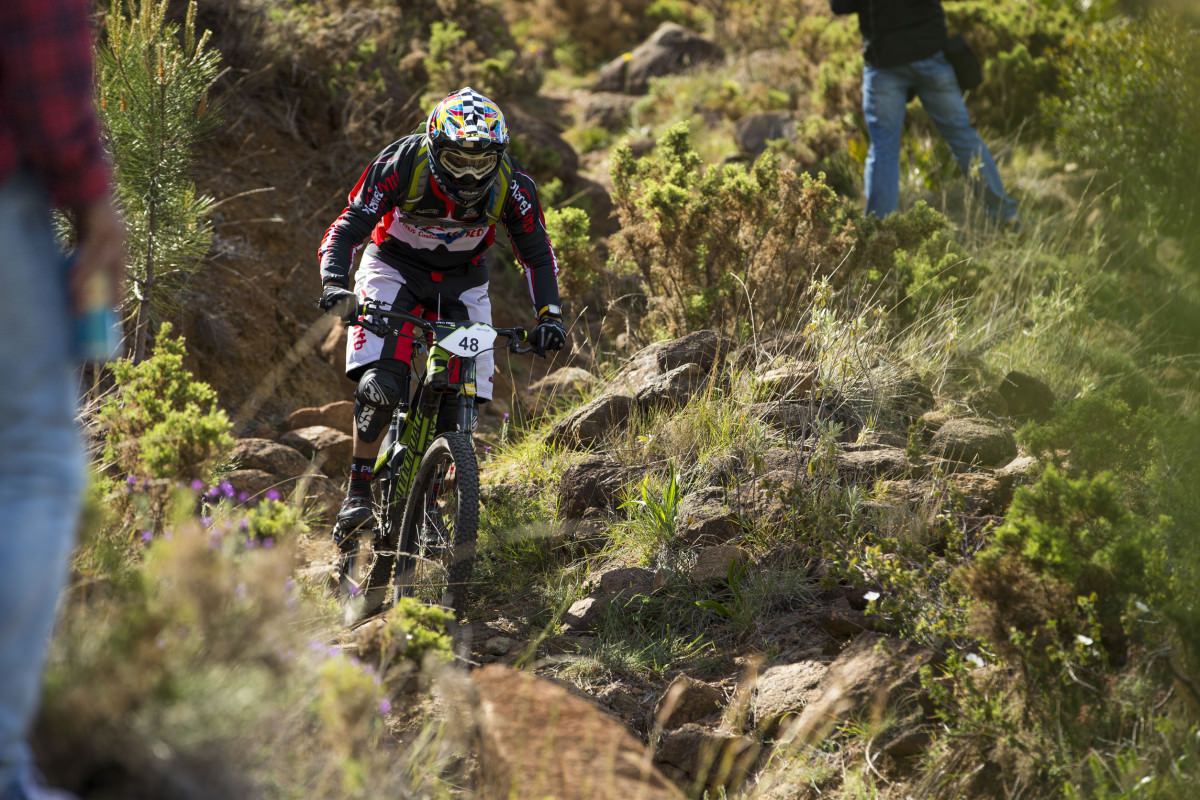

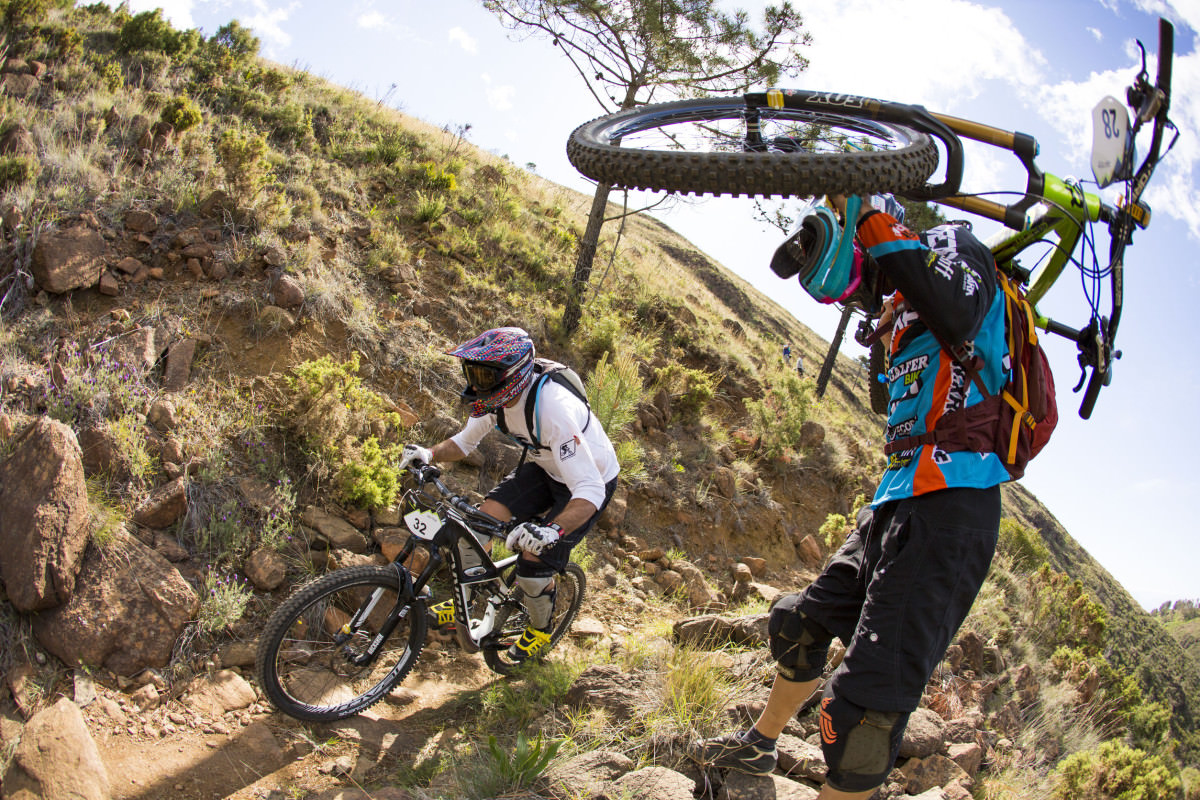
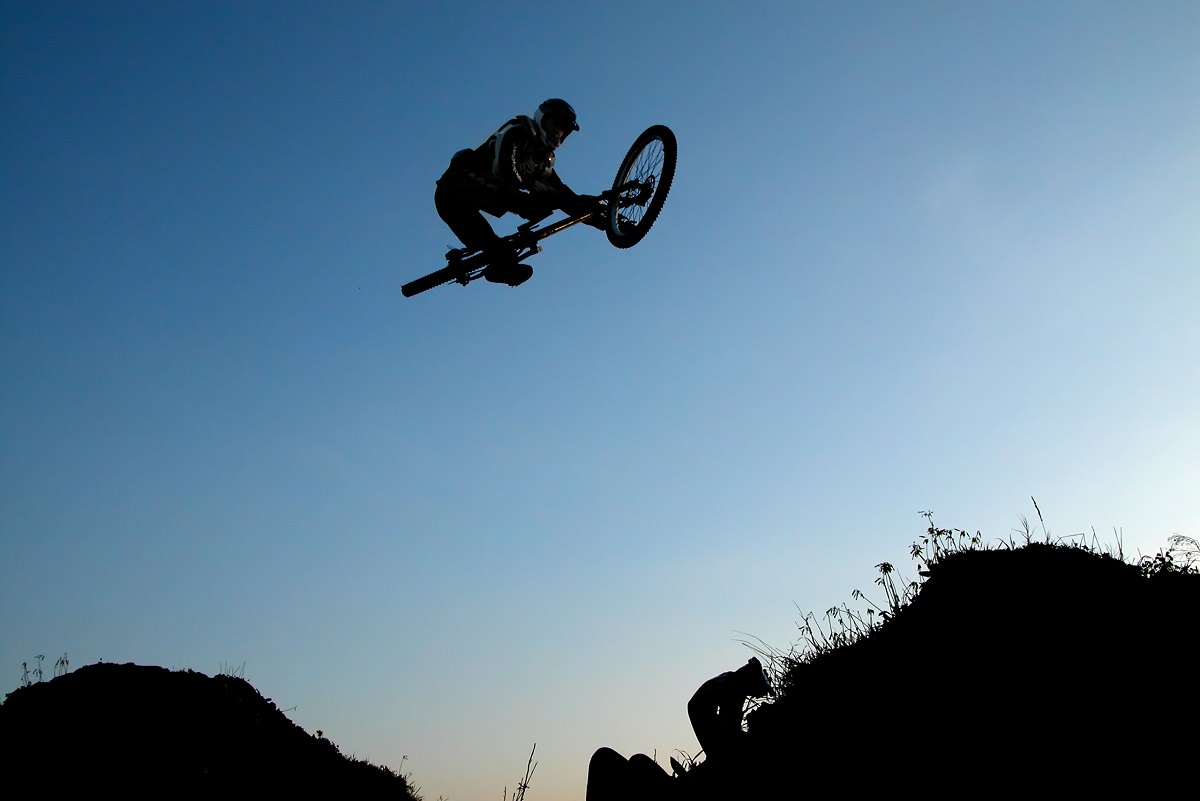
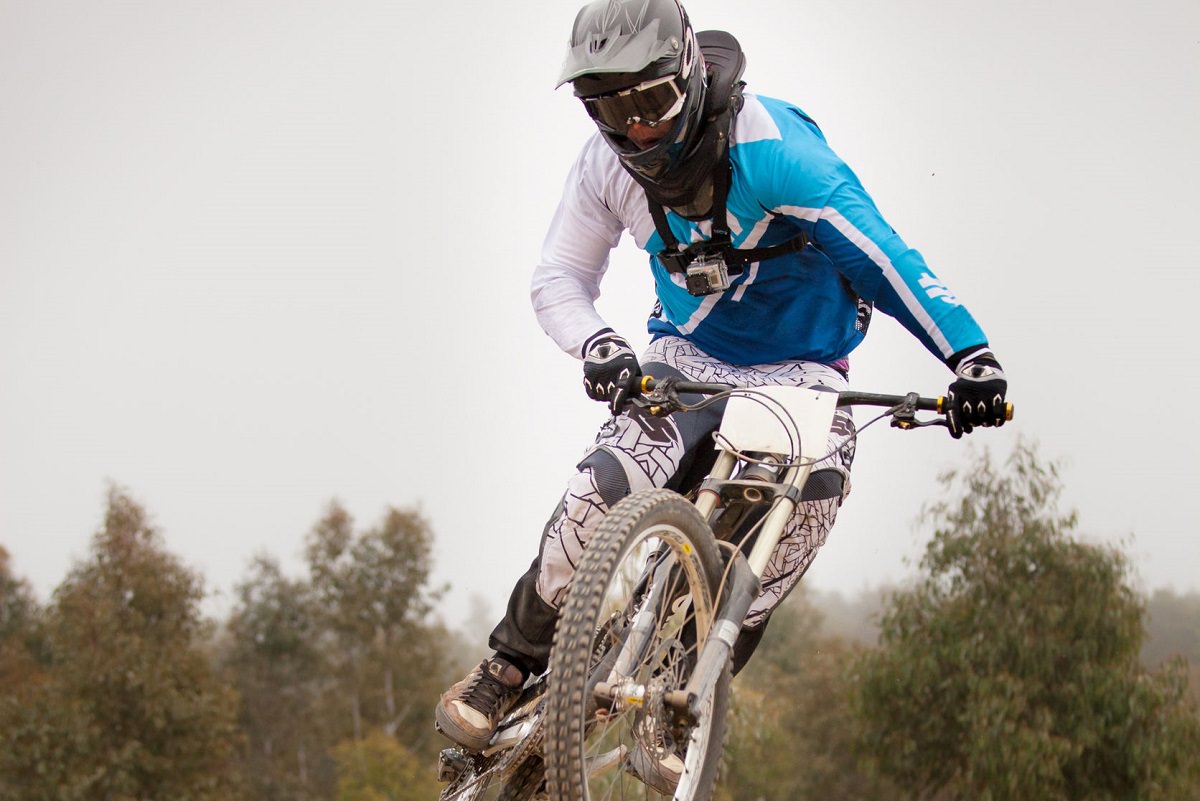
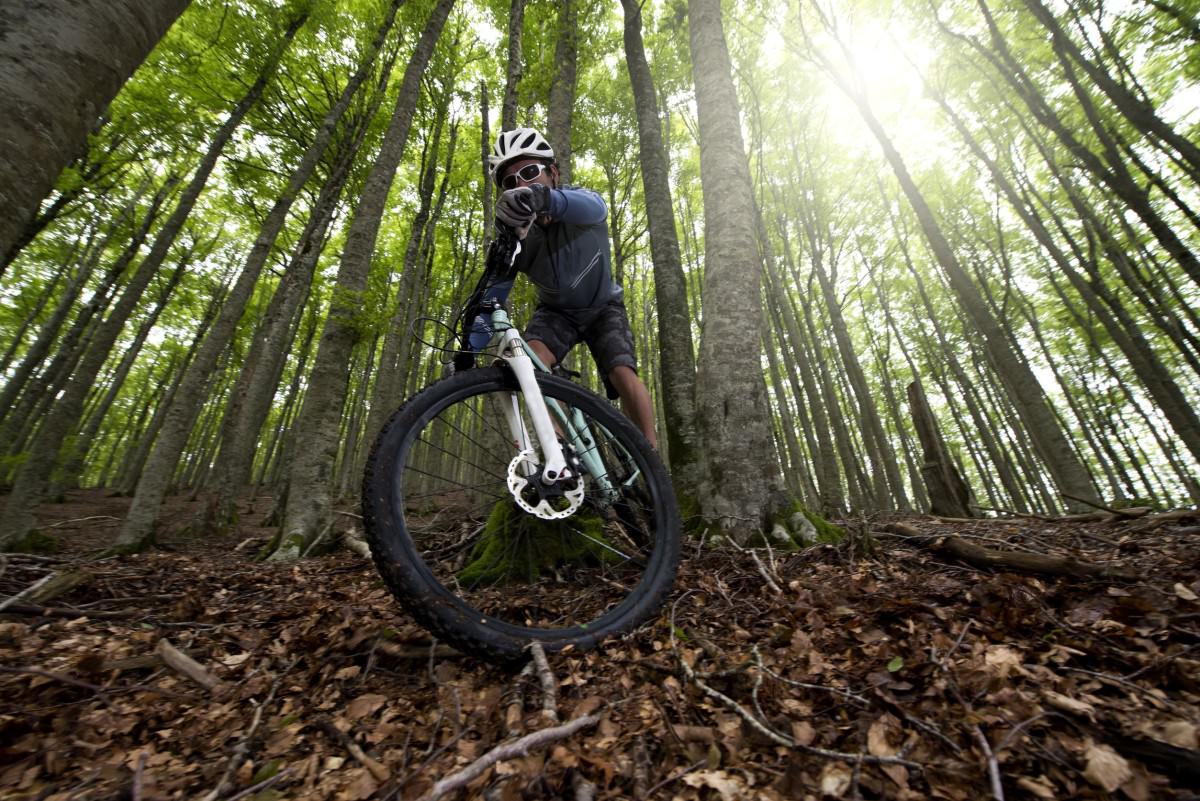
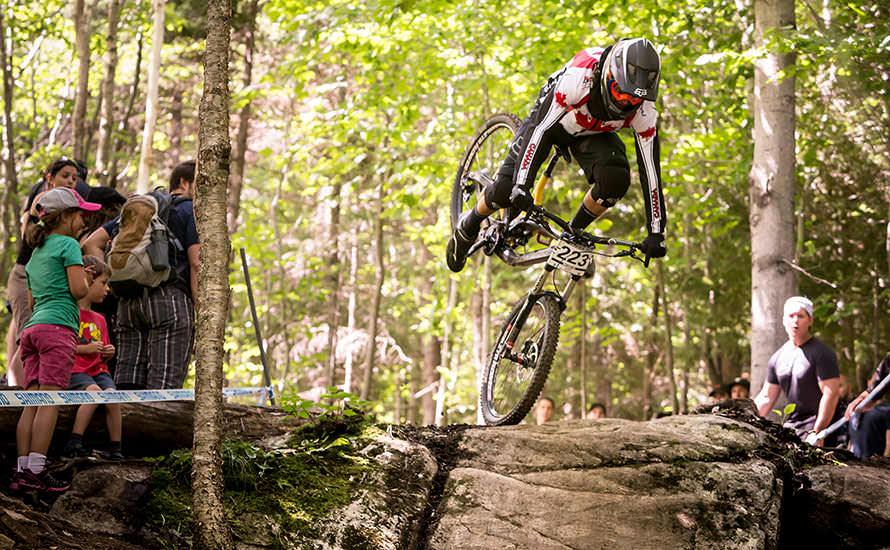
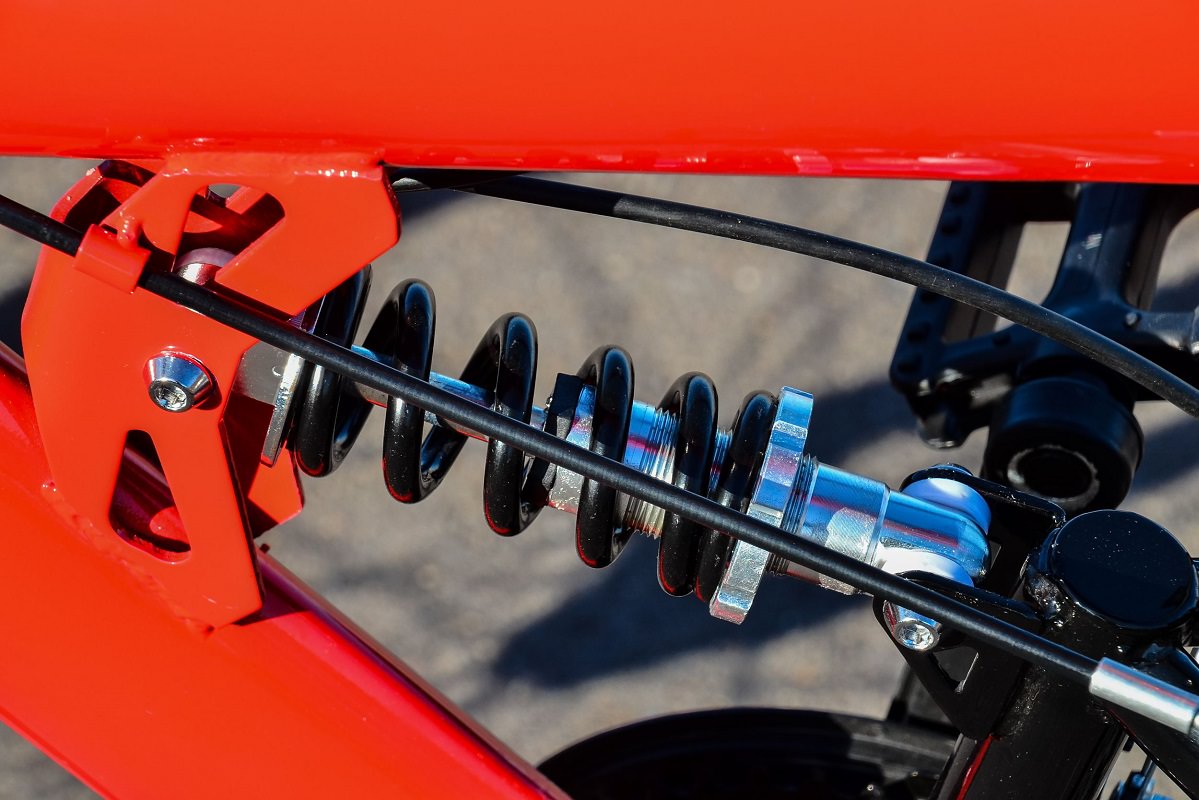
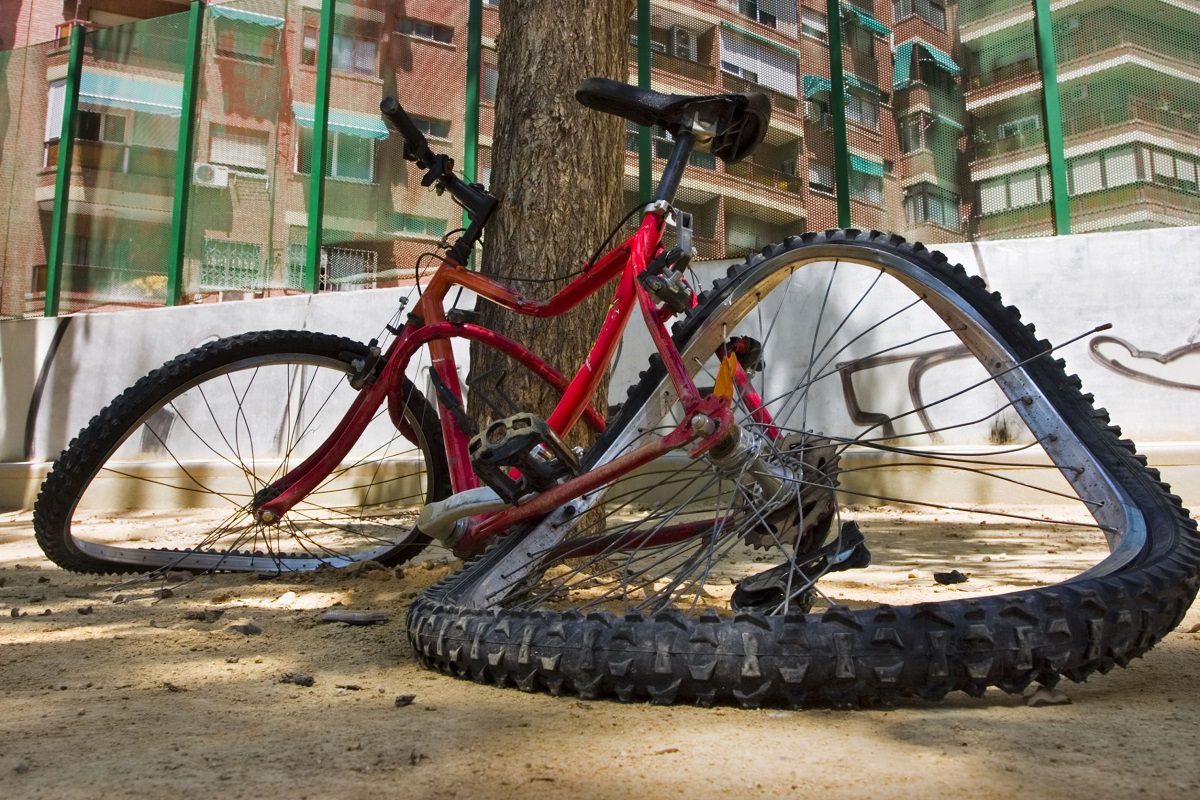
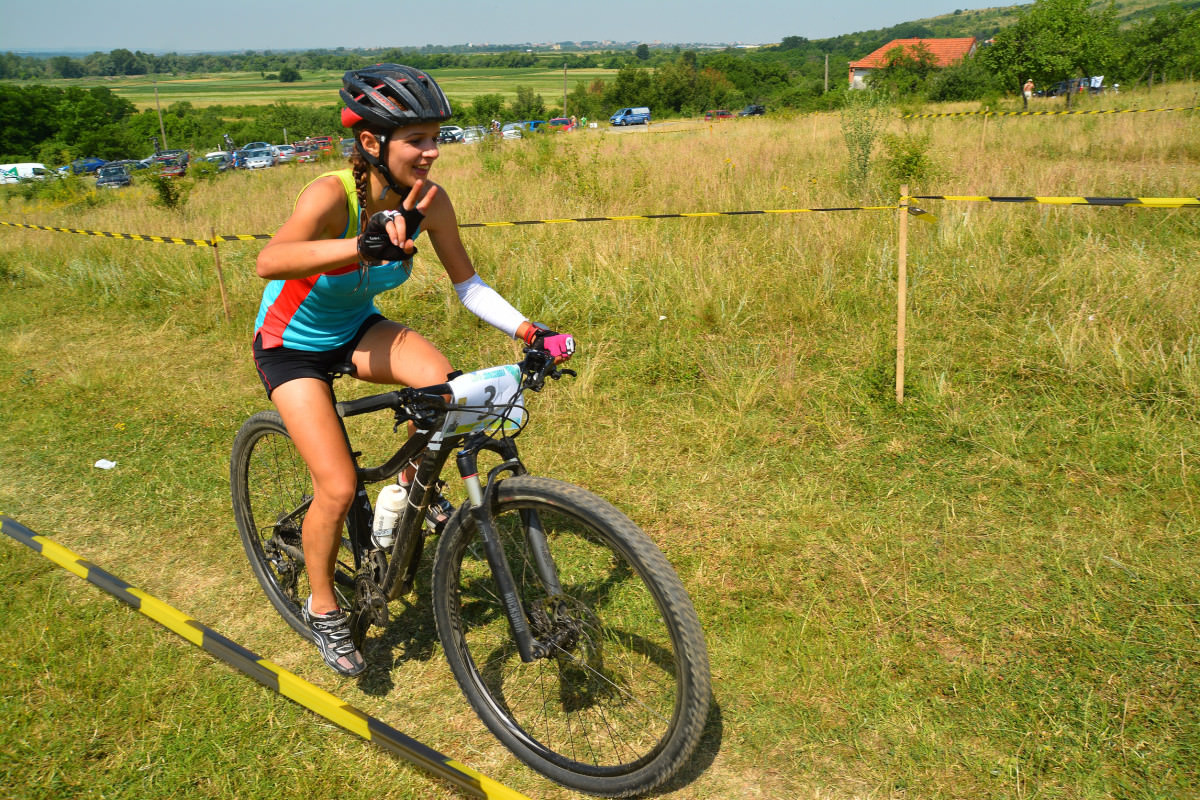
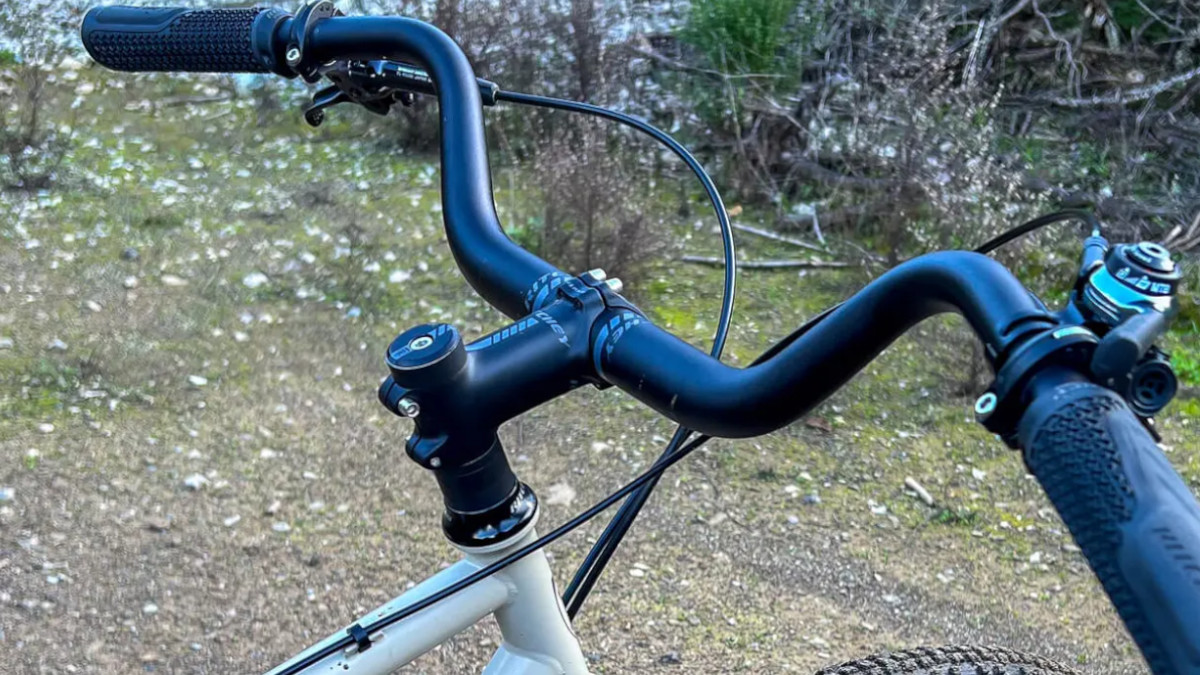
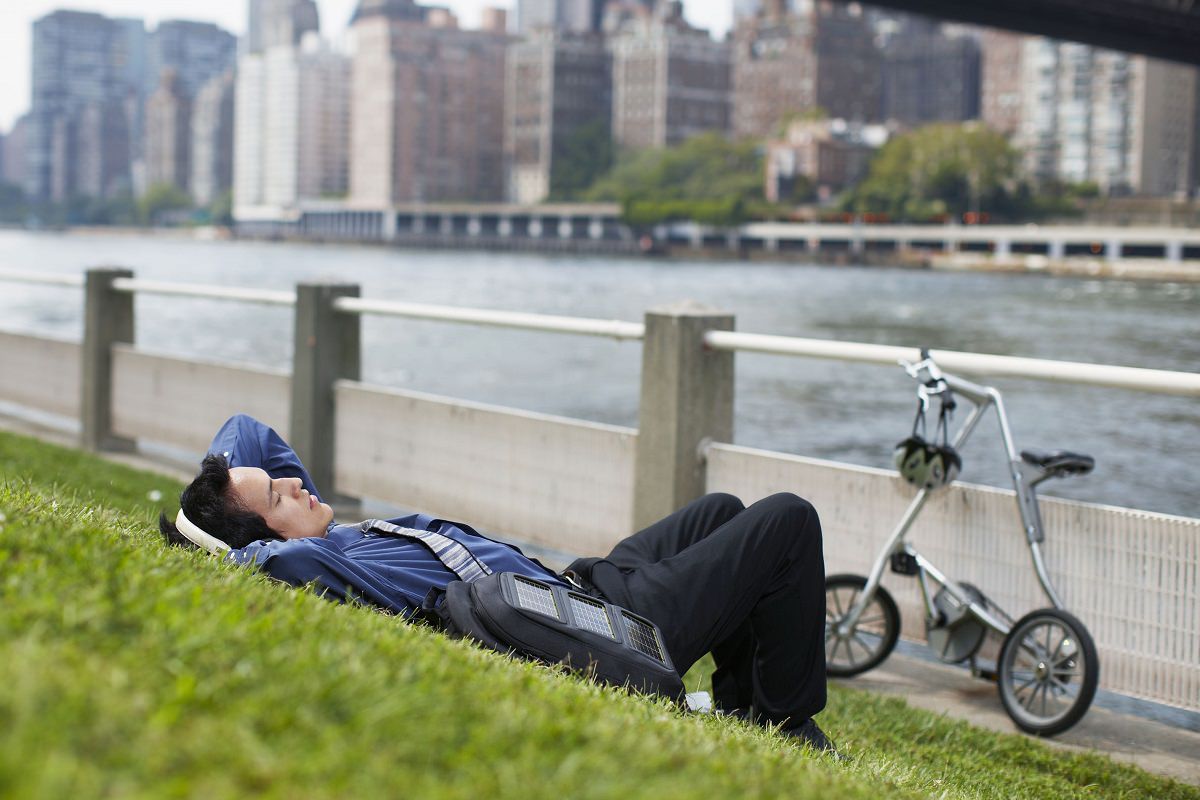
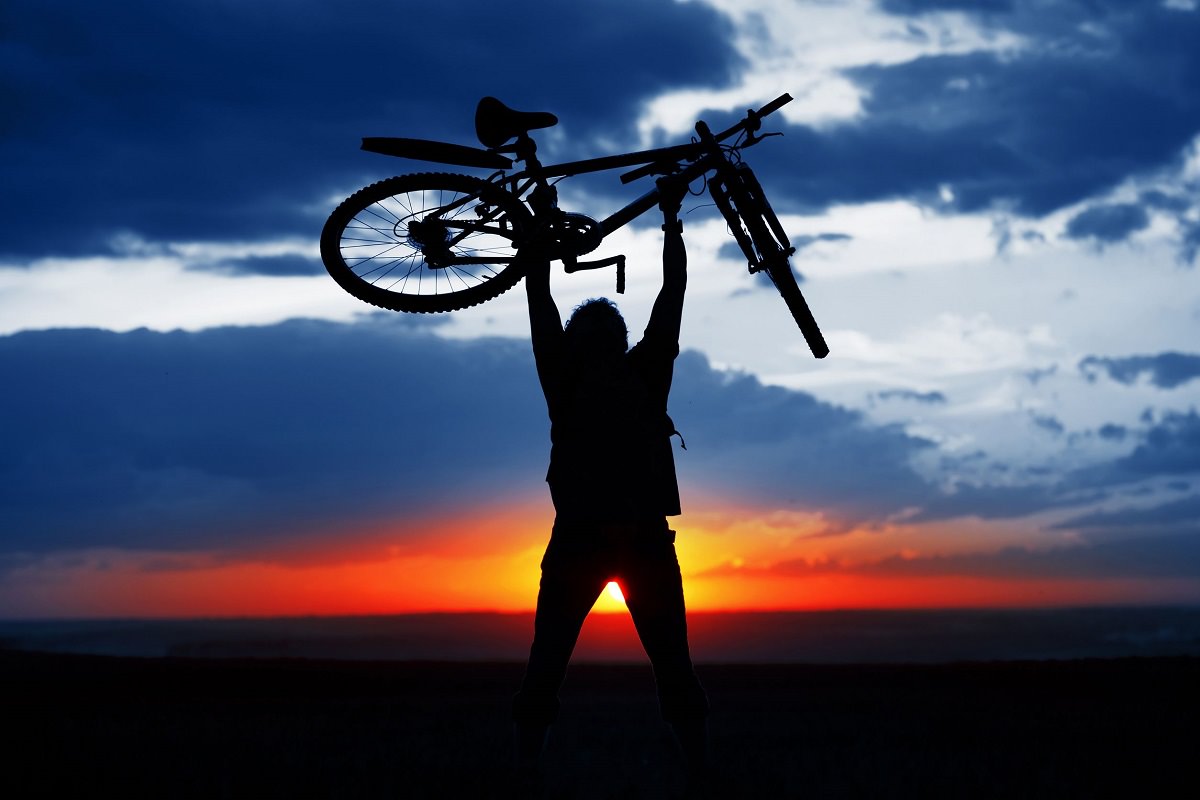
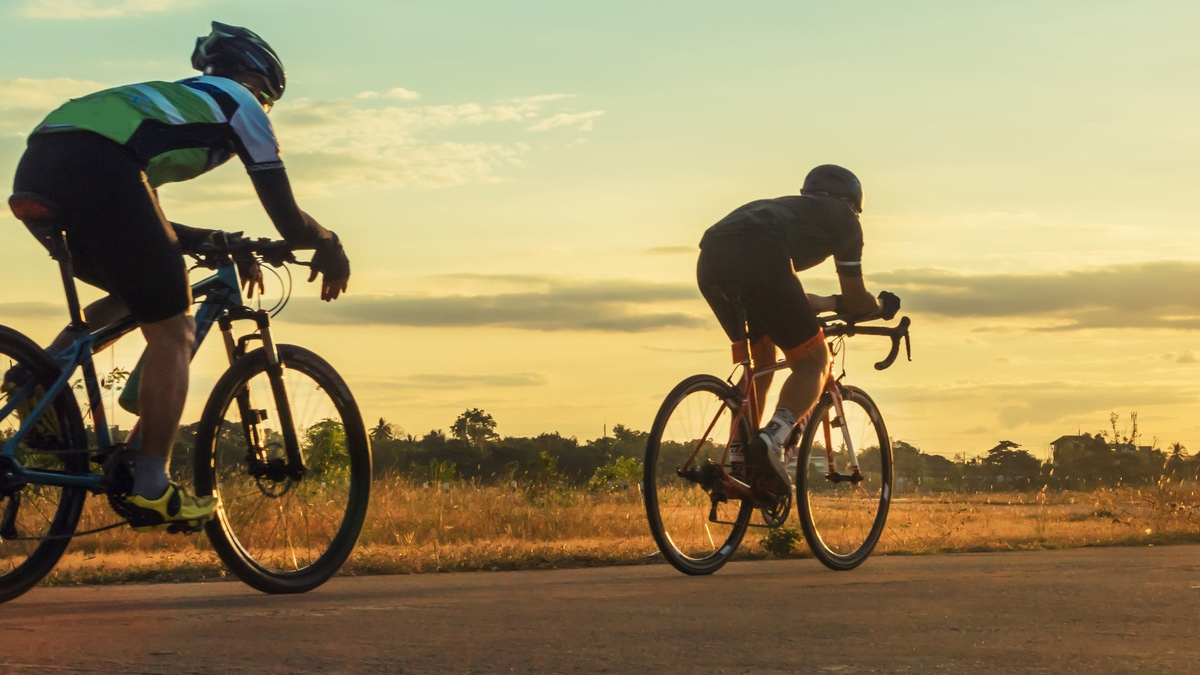
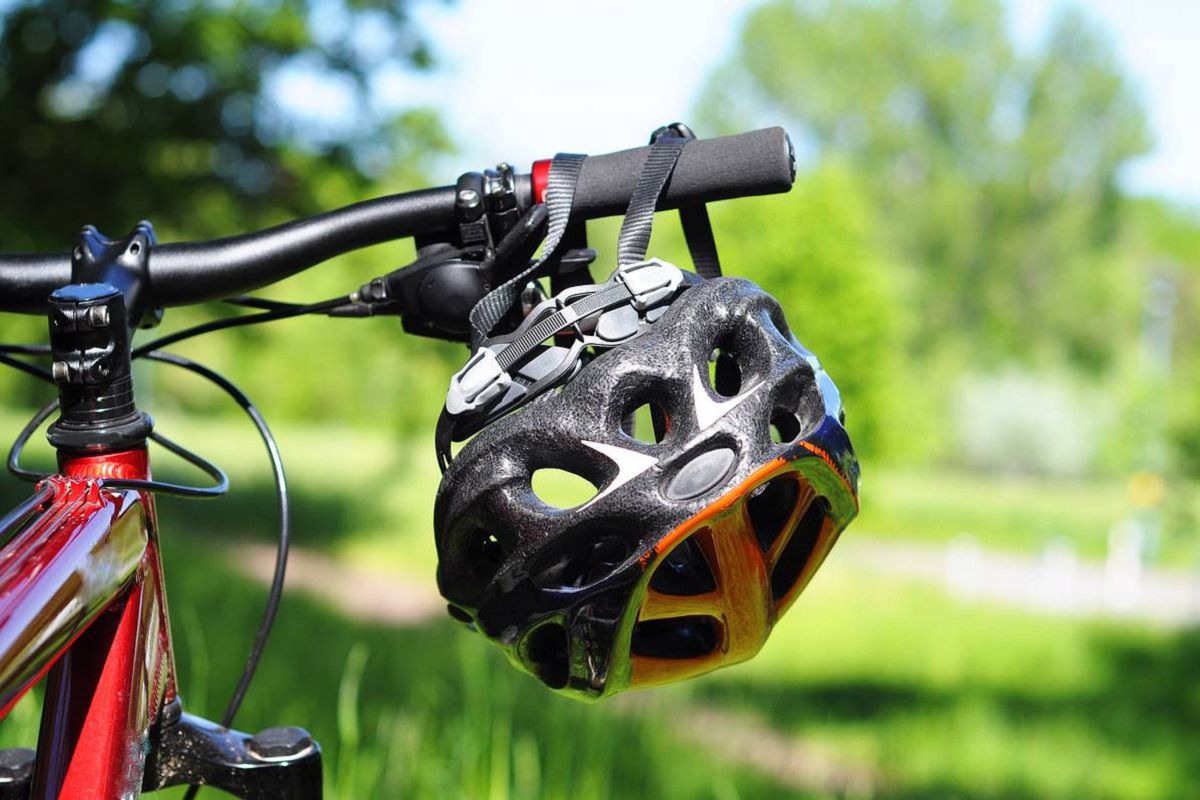
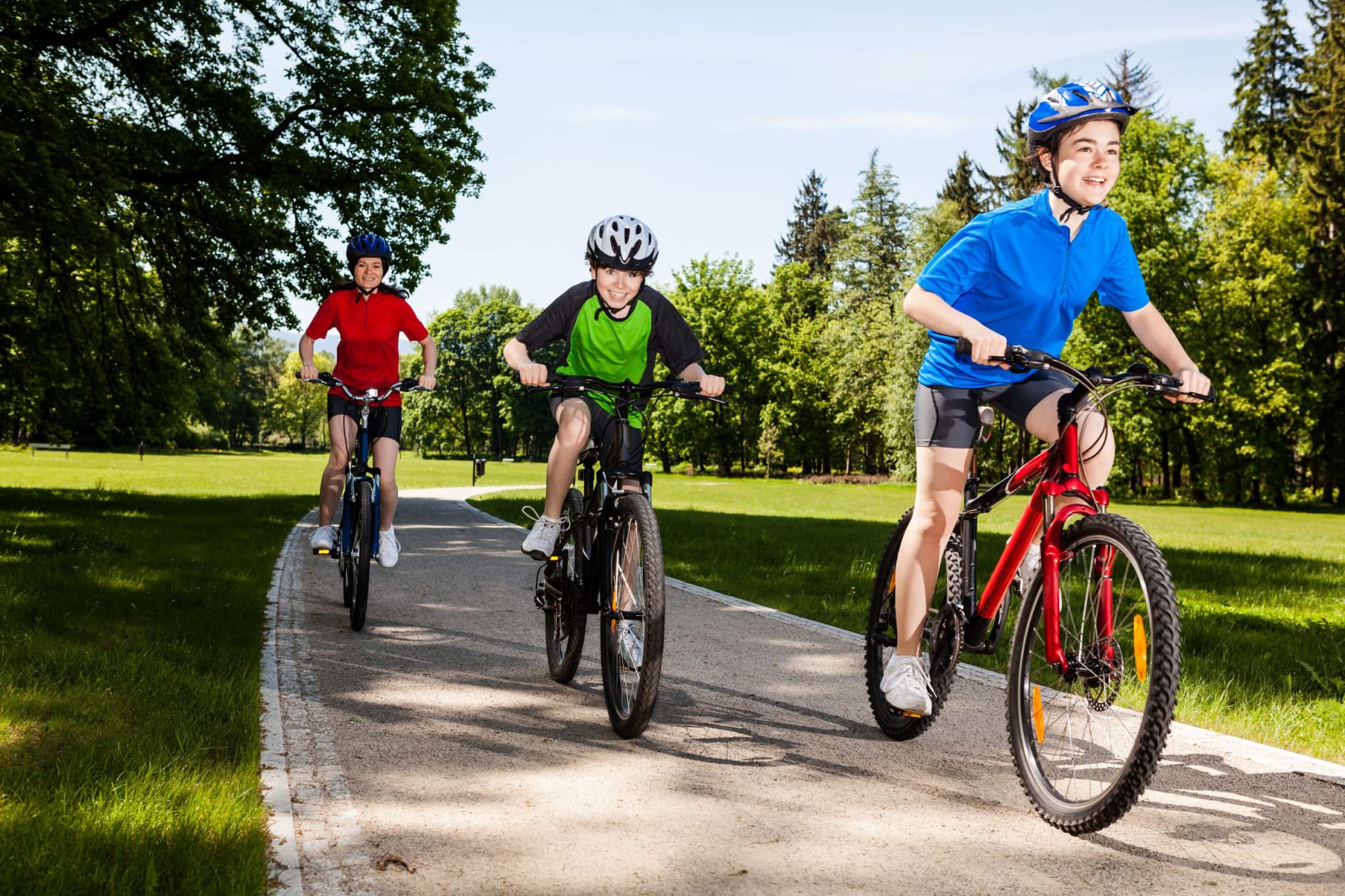
26 thoughts on “The 5 Types of Mountain Bikes You Need to Know”
I’m from Mexico and it’s complicated to get a Kona, but once you have get it you’re gonna love it. This brand offers the best relation price – quality product, you should check what offers Kona in the same range of price before buying another bike, because you always gonna find a better bike por the same price.
I have also heard a lot of good things about the bikes from Kona.
Yucky Kona marketing department at work, huh?
I love KONA. They can be difficult to get hold of though, you are right.
Another option is to go Voodoo. The Bizango is a great bike, and is worth a lot more than what you pay for it. The Voodoo range is also designed by a guy called Joe Murray, who used to work for Kona. Best thing about Kona is the low top tubes….
Maybe its because I live in the frozen north, but the lack of fat bikes in this list makes me sad.
Good point. I agree, it should have been included in the list.
Great article! Really useful. Thanks.
For heavy trail use get a breezer supercell comes with 120 front rear and is a 29 that can run 27.5 and upto 160 mm up front, heavy built for 1200.00
If you need more travel try the repack at 160 fro t and rear and can be had for 1300.00
These frames are super durable and you can run epic lines all day
Im 6’2 @ 220 lbs and i run a supercell with 27.5 with i35 wtb rims and 2.8 tires with a rs pike @ 160 mm
Gives me a 68 ha and i can beat the hell out of it and its unfazed.
All pivots are 15mm angular bearings
Setup is 1x10x34x42 with chain retention
Renthal 50 m stem
Answer 720 am bars w 50 m riser
180m rotors
Schred all day, 4 foot drop to flats
Been to be twice
Dickhed stickers all day
Vagina hubs
Ride it like i stole it 24/7
Thanks for the info, I am a mountain biker & still didn’t knew a lot of it.
I was honored to get a call coming from a friend immediately he uncovered the important guidelines shared on your site.
Studying your blog write-up is a real wonderful
experience. Many thanks for considering readers just like me, and I hope for you the best of achievements
for a professional in this area.
Thank you for emphasizing the careful consideration one must take when choosing the best bike. Often times, people don’t contemplate their many options available to them.
Very shortly this web site will be famous amid all blog users, due to it’s pleasant articles or reviews
Nice article about mountain bikes.Very informative!Thanks for sharing.
This was such an informative and comical read. Great article.
São Caetano do Austral, SP: Yendis Editora, 2009. http://sleeping.under.jp/trinity/yybbs/yybbs.cgi?list=thread
We are the “Team Varanasi Ryderz” commonly known as “Team VRz” has been formed in Varanasi, Uttar Pradesh, India. The team took its shape in the month of July, 2012 with the motive to serve MTB Freestyle Stunt Riding as a legal sport and also to promote all the hidden talents in Varanasi, with a provision of establishing a stage to nurture their passion as their carrier. The team had taken its first step with the 4 people which is now tuned up as a MTB freak, crazy but innovative youngsters of 12 young guns.
For Shows and Endorsements visit our website- http://www.teamvrz.com
this was very helpful, thanks. Local friends too are encouraging me to do the full suspension, I will not regret it. Went to a demo day this fall, amazing all the options. I was that person saying…. who needs a drop post?! Well I’m now toying with the idea, VERY sweet option. Giant Stance 2018 would be 300 more $$$ but, a conversion on the 2017 about 200 I’m told. I think i’ll just treat with the 2017 and love it. My current RIGID is circa 1991—- vintage and…. in need of updating. AVID road cycler, put a few thousand miles on per year, definitely researched and made an outstanding investment. I am grateful to have read this.
I have always been a freak for thrills and adventures. Mountain biking is not just a thrilling recreation for me, it’s a way that defines my life! But for the past few days, I feel pain in my back. Is it a side effect of riding bikes too much? If yes, how can I get rid of this? And which model can help me avoid such miseries?
Very well explained and yes I agree that one should invest a good amount of money for buying a good mountain bike otherwise one or two parts may break anytime.
Hi what about TWE dual suspension 29er frame please ?Thanks
Hi to all and thank you for this site. I just moved from switzerland, where i rode mostly enduro and trail, to boston, MA, USA, where i want to get better at tech stuff and street. I had a scott genius 720 or 740 cant remember. I loved it in every aspect. But coming to the city here, i am having a difficult time choosing a dirt jumper. From the names: scott, commencal, polygon, gt, nukeproof, norco, NS bikes, transition, pivot, octane one, orange, diamondback, haro, dmr, saracen, marin, kona, dartmoor, and trek, as you might imagine im having a confusing time selecting at least 3 of them to choose from. I know the prices vary a whole bunch from the above listed brands, but if someone is willing to take the time to narrow it down for me, it’ll be very appreciated. Also i know i said a dirt jumper, but im undecided between getting a hardtail or a DJ. Im going to ride mostly street, but we’ve got some trails around the new england area. Can I take a dirtjumper to the trails and enjoy it as much? Can i raise the seat post on a DJ? Thank you lots for taking the time to read, and by the way, budget is around 1000 to 2000 dollars. cheers!
theAMAZINGcool perused this thread !!!
Very well explained and yes I agree that one should invest a good amount of money for buying a good mountain bike otherwise one or two parts may break anytime.
Thank you for sharing information. I Thinnk you may like these article:
thank you!
Make an article on road bikes!
I would of probably delved deeper into what types of bikes are good for certain riding, eg trail, enduro or downhill. Get lots of people coming into our bike shop not knowing what they need.